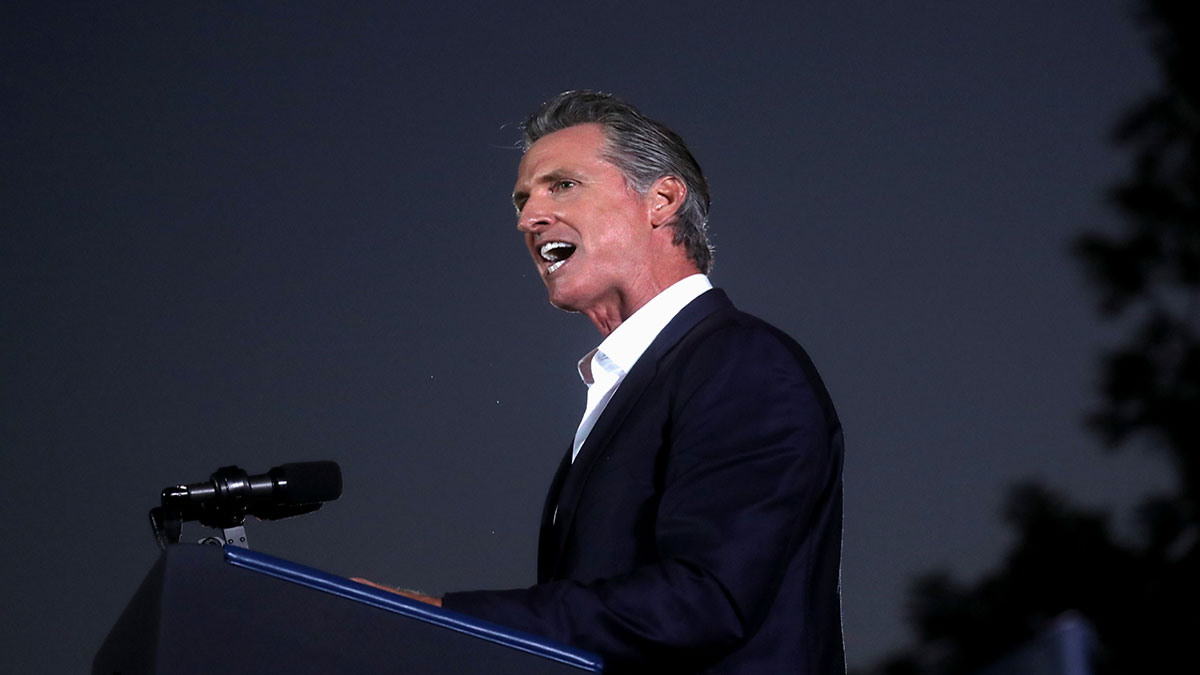Gov. Gavin Newsom Proposes Tax Cuts and Expanded Health Care

With state revenues at an all-time high, California Gov. Gavin Newsom on Monday proposed a budget that would cut taxes while also promising to pay the health care expenses of all of the state’s low-income adults who are living in the country illegally.
It will cost state taxpayers about $2.2 billion per year to cover the cost of health care for the state’s low-income immigrants. Meanwhile, Newsom’s tax cuts would reduce revenue by more than $6.5 billion.
But the numbers still balance because California has a projected $45.7 billion surplus, driven by incredible growth in tax collections during the pandemic. California taxes the wealthy more than people with lower incomes to the point that, in 2019, the top 1% of earners paid nearly 45% of all the state’s income tax collections.
That top 1% has only gotten richer during the pandemic. While California has the highest unemployment rate in the country, it is on pace to collect at least $25 billion in capital gains taxes in 2021, the most ever. A “capital gain” is income that comes from selling an asset, like a stock, and is how most wealthy people make their money.
“We have the capacity to invest in our growth engines, invest in the future, as well as make sure that we prepare for the uncertainties that the future presents.” Newsom said, touting his plan to put $34.6 billion in reserves.
California taxpayers already pay the health care costs for low-income immigrants 26 and younger and plans to cover people 50 and older this May. Newsom’s proposal would cover everyone else starting in January 2024.
Immigrant health advocates have been pushing for this since the federal Affordable Care Act took effect in 2014. That dramatically reduced the number of people in California without health insurance.
“The glaring gap was those who were left out because of immigration status,” said Sarah Dar, director of health and public benefit policies for the California Immigrant Policy Center.
Newsom’s plan, if it becomes law, would cover nearly 700,000 additional people. California Health and Human Services Secretary Mark Ghaly said the state already supports these people through charity, emergency and other forms of free care, and that officials believe insuring this population, over time, will reduce these costs.
The biggest tax cut would be for businesses. At the start of the pandemic in 2020, California temporarily raised taxes on businesses to help offset what they thought would be a huge deficit. Instead, California posted record surpluses. That tax increase was scheduled to expire at the end of this year. Newsom wants to to end it one year early, which would cost the state about $5.5 billion in revenue.
But the tax cut that will get the most attention is at the pump, where Californians are paying the highest gas prices in the nation. California taxes gasoline at 51.1 cents per gallon. That tax is scheduled to increase on July 1 because of inflation.
Newsom wants to halt that increase, at least for this year. Doing so would cost the state about $523 million in revenue for things like roads and bridges. But Newsom says the state can cover that loss with its surplus.
Last year, California spent billions of dollars on stimulus checks, with most people getting about $1,000 in addition to the federal stimulus package. This year, Newsom wants to give $1,000 to every low-income family that has a child age 5 or younger.
The state did this last year, but families with no incomes weren’t eligible. This year, Newsom wants to also give that money to families with no incomes. That would cost about $55 million a year. He also wants to give $1,000 to people who have come through the state’s foster care system but are still 25 or younger. That would cost about $20 million.
But it’s possible California could again hand out stimulus checks to residents this year. Newsom said revenues are growing so quickly that the state is projected to exceed a constitutional spending limit by about $2.6 billion. If that happens, the state could give some of that money back to taxpayers.
Newsom cautioned that the spending limit calculations are complex, saying the figure will change substantially by May when he updates his proposal before lawmakers vote on it.
“There likely will be substantial contributions back to the taxpayers,” Newsom said. ”In what form they come in, we’ll work with the Legislature.”
Newsom’s proposal now heads to the state Legislature, where Democrats have majorities so large they can pass any spending plan without Republican votes. Several Democratic leaders issued statements on Monday praising Newsom’s plan but pledging to work with him over the next month on changes.
For example, Newsom is asking the Legislature to pass a law giving workers more paid time off if they get sick from the coronavirus. California had a law like this last year, but it expired in September.
Last year, companies could get reimbursed from the federal government for money they paid workers who took time off for the coronavirus. But the federal government isn’t doing that anymore. Assembly Speaker Anthony Rendon, a Democrat from Los Angeles, said if California requires companies to give workers more paid time off, the state should help them pay for it.
“I support augmenting the Governor’s budget to add state funding for this purpose, and we have already had a productive discussion on this,” Rendon said.
Senate Republican Leader Scott Wilk praised Newsom for proposals like halting the gas tax increase, boosting law enforcement spending to investigate and prevent retail theft and cutting taxes for businesses. But in general, Republicans criticized Newsom for throwing money at the state’s problems.
“The mentality that success is defined by how much is spent instead of by real, measurable, and actual results is mindboggling,” said Vince Fong, the Republican vice chair of the Assembly Budget Committee. “Californians are living a different reality seeing problems only getting worse.”

